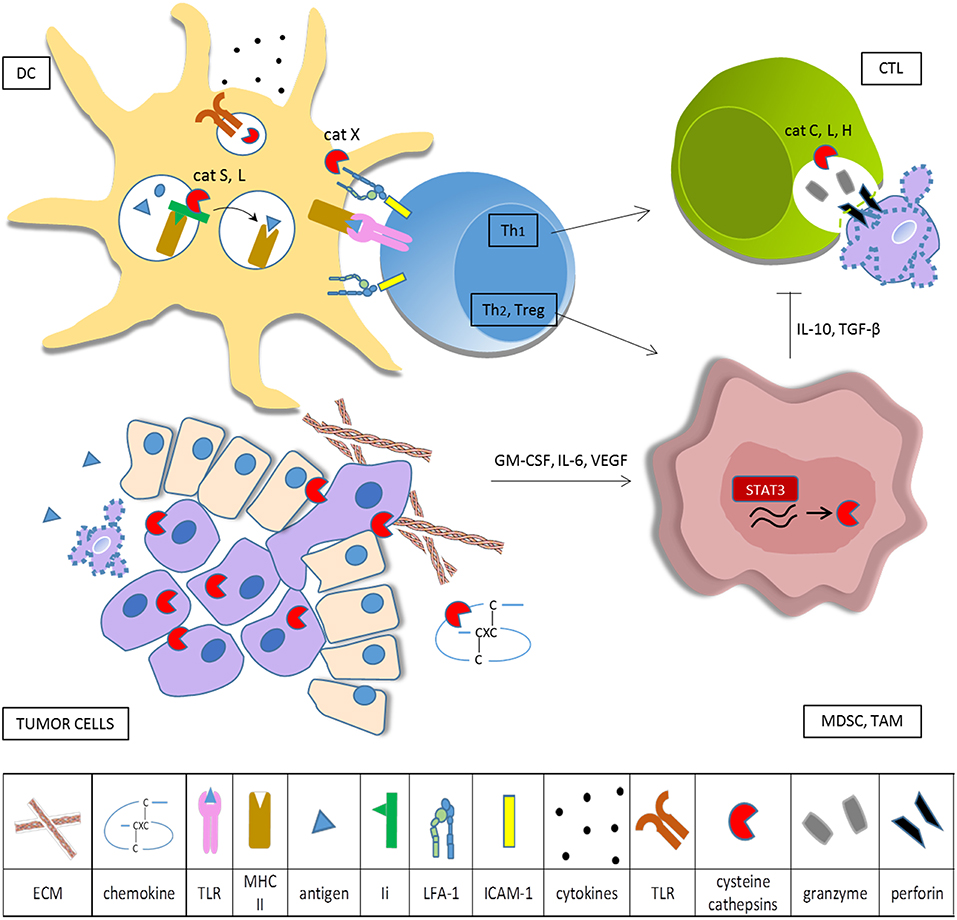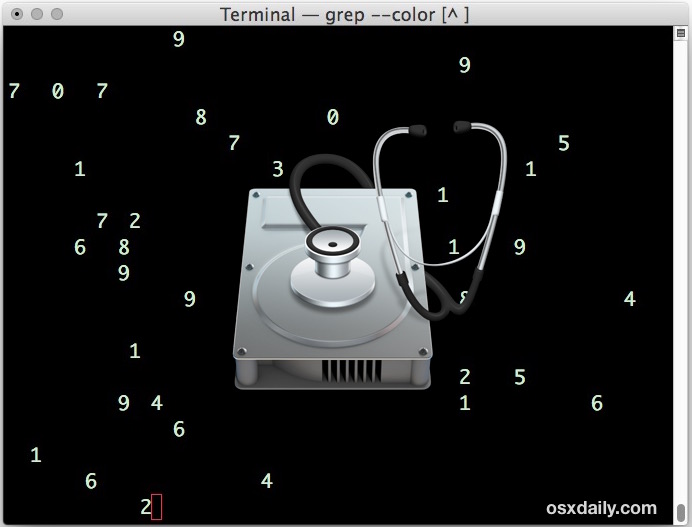SDF: Space Defence Force Mac OS
SDF: Space Defence Force Mac OS
- Sdf: Space Defence Force Mac Os 11
- Sdf: Space Defence Force Mac Os X
- Defence Force Tenders
- Defence Force Trinidad
Star Trek: Elite Force II is a first-person shooter video game developed by Ritual Entertainment and published by Activision.It was released on June 20, 2003 for Microsoft Windows and later for Apple Mac OS X. Elite Force II is a sequel to 2000's Star Trek: Voyager – Elite Force.Whereas the original game was powered by the first version of id Software's id Tech 3 engine, Elite Force II is. May 23, 2020 108 Likes, 2 Comments - Dr Raymond C Lee MD (@drrayleemd) on Instagram: “What an amazing virtual aats. Congratulations to my chairman Dr Vaughn Starnes 100th AATS”.
2018
Abstract Title
Author Information
Is this project an undergraduate, graduate, or faculty project?
Undergraduate
group
What campus are you from?
Daytona Beach
Authors' Class Standing
Justin Della Freshmen, Michael Pope Junior, Michael Weinhoffer, Jaya Prakash Sophmore, Kirsti Wattles Freshman, James Sacca Senior, Cristina Viana Sophmore, Angelica Gould Senior, Christian Junio Sophmore
Lead Presenter's Name
Justin Della
Faculty Mentor Name
Dr. Scathmary
Abstract
On June 18, 2018, at a meeting of the newly revived National Space Council, President Trump announced that he had directed the Department of Defense and the Pentagon “to immediately begin the process necessary to establish a space force as the sixth branch of the armed forces.” This paper will discuss a three-pronged analysis of the proposal for the United States Space Force. The three topics discussed are legal, political, and military issues that the creation of Space Oriented branch will encounter. The paper has been broken up into four teams consisting of two partners, which comes to a total of nine with one lead overseeing all the teams. The four teams are the legal team which will discuss the legislative components, the military team which will discuss the logistical transfer from the Air Force to the Space Force, the political team which will discuss the effect that the new branch will have on world politics, and the recommendation team which will make the final edits to ensure the entire format, citation, and sources are correct. The paper will be published through the university and hopefully be used in consideration for the creation of the Space Force.
Did this research project receive funding support from the Office of Undergraduate Research.
No
Share
A Three-Pronged Analysis of the Proposal for a United States Space Force
Sdf: Space Defence Force Mac Os 11
On June 18, 2018, at a meeting of the newly revived National Space Council, President Trump announced that he had directed the Department of Defense and the Pentagon “to immediately begin the process necessary to establish a space force as the sixth branch of the armed forces.” This paper will discuss a three-pronged analysis of the proposal for the United States Space Force. The three topics discussed are legal, political, and military issues that the creation of Space Oriented branch will encounter. The paper has been broken up into four teams consisting of two partners, which comes to a total of nine with one lead overseeing all the teams. The four teams are the legal team which will discuss the legislative components, the military team which will discuss the logistical transfer from the Air Force to the Space Force, the political team which will discuss the effect that the new branch will have on world politics, and the recommendation team which will make the final edits to ensure the entire format, citation, and sources are correct. The paper will be published through the university and hopefully be used in consideration for the creation of the Space Force. Craps best odds.
Sdf: Space Defence Force Mac Os X
To view the content in your browser, please download Adobe Reader or, alternately,
you may Download the file to your hard drive.
NOTE: The latest versions of Adobe Reader do not support viewing PDF files within Firefox on Mac OS and if you are using a modern (Intel) Mac, there is no official plugin for viewing PDF files within the browser window.
The Advanced Launch System (ALS) is a joint United States Air Force (USAF) and National Aeronautics and Space Administration (NASA) study which operated from 1987 to 1990. Its aim was to develop a flexible, modular, heavy-lift, high rate space launch vehicle that could deliver payloads to Earth orbit at a tenth the cost of existing boosters.
Background[edit]
The ALS was a joint USAF and NASA study from 1987 to 1990. It was an endeavour of the years following the Space Shuttle Challenger disaster. Colonel John R. Wormington (retired Brigadier General USAF) was the Program Director of the Joint Department of Defense and NASA Advanced Launch System Program Office. Adobe acrobat pro cc. Lieutenant Colonel Michael C. Mushala (retired Major General USAF) was assigned as Wormington's deputy. The program operated from the Los Angeles Air Force Base. In October 1989, Mushala was promoted to Colonel. In February 1990, Wormington was reassigned to command the 45th Space Wing at Patrick Air Force Base in Florida. Mushala became the program director and remained so until the project was disbanded in July 1990.
Although the project had a projected research and development cost of $15 billion, its early cancellation led to a final cost just under $3 billion.
The ALS program office differed from others in that it was the only one within the Air Force Space Command. The office was furnished with Apple Mac OS personal computers instead of the Command's usual Microsoft Windows systems. This was in part because NASA had already been using Apple computers. The program office pioneered what later became the Microsoft Project.
Aims[edit]

The ALS program was charged with deploying the space based elements of the Strategic Defense Initiative (SDI) program. Secondly, the ALS program was to find a way to transport many thousands of tons of equipment for the SDI into low Earth orbit at a cost less than $1,000 per kilogram. The usual cost was about $10,000 per kg.[1]
The program had three main contractors, each with an $800 million multi-year contract. They were Boeing Aerospace, Martin-Marietta, and General Dynamics. The ALS program budget was just under $2.5 billion.
Defence Force Tenders
Progress[edit]
Defence Force Trinidad

In 1989, the Bush Administration, via the Defense Acquisition Board, was asked to ratify an existing plan to have the ALS program at an advanced state of development in 1990; ready for a first flight in 1998; and fully operational in 2000.[2] Then, from 2000 to 2005, the ALS program would develop a modular family of launch vehicles, with a payload capacity to low Earth orbit ranging from 5,000 kilograms to 200,000 kilograms.[3]
However, by late 1989, it was apparent that the ALS program was no longer required.[4] The initial phase of the SDI would employ existing Titan IV and Atlas II rockets. The launch requirements for subsequent phases of the SDI deployment were too vague to allow the immediate ongoing direction of the ALS program and its associated costs.[5][6]
At the end of 1990, the ALS program, was changed to a propulsion development project with an annual budget of $150 million.[7]
See also[edit]
- Advanced Transportation System Studies (1992–1994)
- National Launch System (1991–1993)
- National AeroSpace Plane (ca. 1990 - 1993)
- Advisory Committee on the Future of the U.S. Space Program (Augustine Committee, 1990)
- Space Exploration Initiative (1989)
- Advanced Launch System (1987–1990)
References[edit]
- ^'ALS Contractors Concentrate on Expendable, Reusable Designs', Aerospace Daily, 20 June 1989 page 463
- ^Wolfe, M.G. et al, 'The Advanced Launch System.' 40th International Astronautical Federation Congress, Malaga Spain, 8–14 October 1989, IAF Paper 89-229.
- ^Branscome, D.R., 'The United States Space Transportation Survey,' Proceedings of the 2nd European Aerospace Conference on Progress in Space Transportation, (European Space Agency, ESA SP-293, August 1989), pages 39-44.
- ^'Air Force Embraces Expendable Launchers,' Military Space, 17 July 1989, page 3-4.
- ^'Adams, Peter, 'Congress May Consider ALS Too Costly, Sources Say,' Defense News, 27 March 1989, page 25.
- ^Finnegan, Philip, 'Report: ALS Program Lacks Mission, Should be Pared to Propulsion Study,' Defense News, 25 September 1989, page 4.
- ^Finnegan, Philip, 'U.S. Air Force, NASA Restructure Advanced Launch System Program,' Defense News, 15 January 1990, page 1, 25.
SDF: Space Defence Force Mac OS
